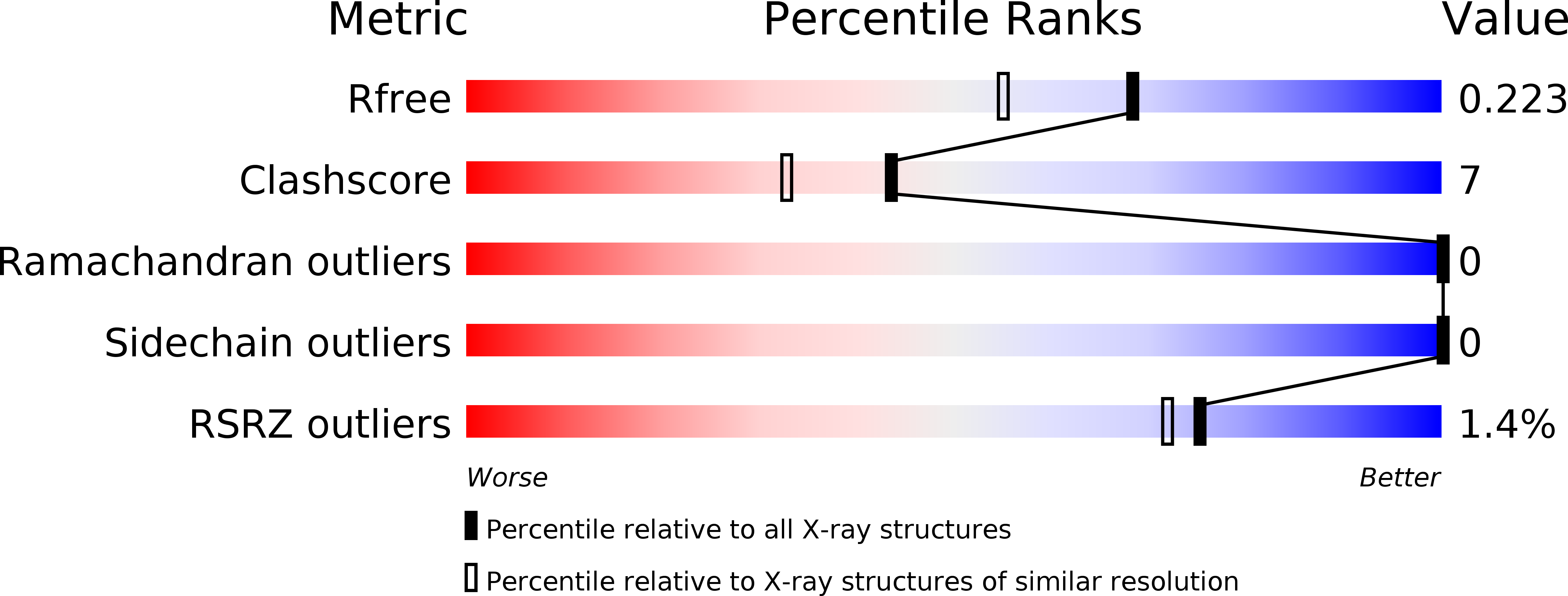
Deposition Date
2011-01-25
Release Date
2011-10-05
Last Version Date
2024-02-21
Entry Detail
PDB ID:
3QH6
Keywords:
Title:
1.8A resolution structure of CT296 from Chlamydia trachomatis
Biological Source:
Source Organism:
Chlamydia trachomatis (Taxon ID: 471472)
Host Organism:
Method Details:
Experimental Method:
Resolution:
1.80 Å
R-Value Free:
0.22
R-Value Work:
0.19
R-Value Observed:
0.19
Space Group:
P 21 21 2


